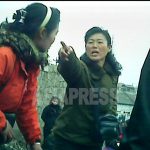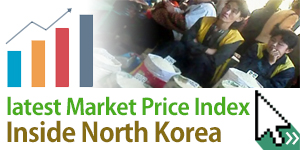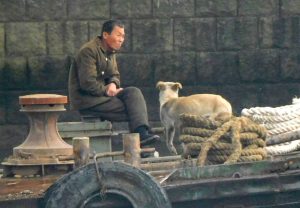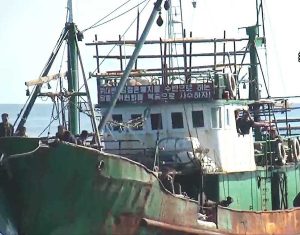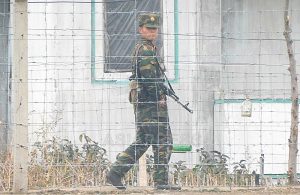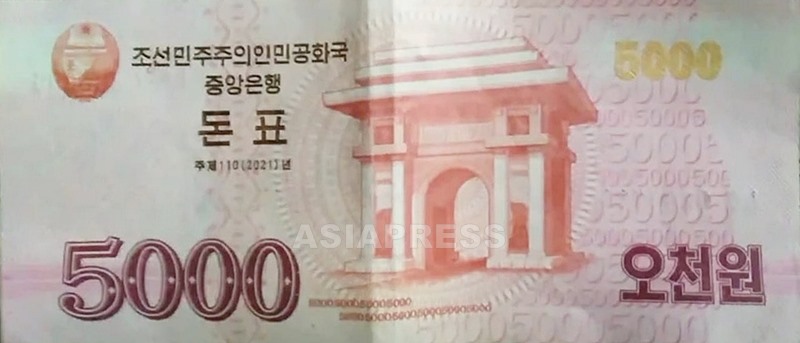
The North Korean government issued a new batch of temporary financial vouchers called "donpyo" (money vouchers) around November 2024. However, these vouchers are reportedly trading at about 65% of their face value in markets and private transactions, reflecting deep-rooted public distrust in the authorities' monetary policies. (By KANG Ji-won / ISHIMARU Jiro)
◆ Emergency Measure Born from Financial Crisis 3.5 Years Ago
Donpyo are temporary financial vouchers, essentially coupons, issued by the Central Bank of North Korea. The first 5,000-won vouchers, matching the highest denomination of regular banknotes, were issued in August-September 2021.
These vouchers were introduced as a rescue measure when government institutions and businesses became unable to pay employee wages and settle payments due to severe economic downturn during the COVID-19 pandemic. The Kim Jong-un regime's strict border closure also prevented the import of paper and ink needed for printing regular banknotes from China, likely due to foreign currency shortages.
While the government announced that donpyo could be exchanged for regular currency of the same denomination in the future, public skepticism led to widespread rejection from the start, with shops and markets either refusing to accept them or trading them at a discount. They also gained a poor reputation for their low paper quality and quick deterioration.
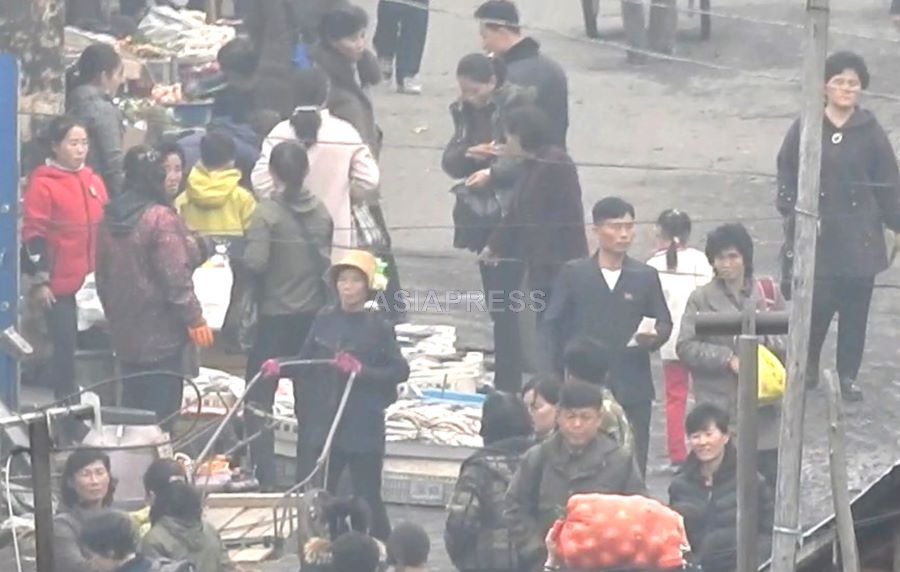
◆ Hyperinflation: Rice Prices Up 1.65x, Gasoline 2.15x
"New donpyo were issued in November-December (last year), with notice that old vouchers could be exchanged for cash or new vouchers. This was meant to address price increases,” said reporting partner A in Ryanggang Province. Since August last year, prices of food, fuel, Chinese yuan, and US dollars have surged. By December, market prices had risen dramatically compared to the start of the year: rice by 1.65 times, gasoline by 2.15 times, and the US dollar by 3.3 times – indicating hyperinflation.
One trigger was the spread of rumors about an impending "currency excahnge" that would invalidate old banknotes. Many people, anticipating a devaluation of the North Korean won, rushed to acquire Chinese yuan and US dollars while stockpiling goods.
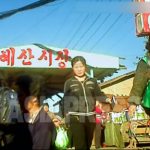

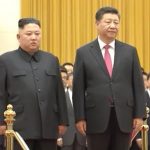
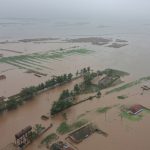
![[Video Report] No merchandise for sale at North Korea's flagship department store](https://www.asiapress.org/rimjin-gang/wp-content/uploads/2019/02/1515-150x150.jpg)
